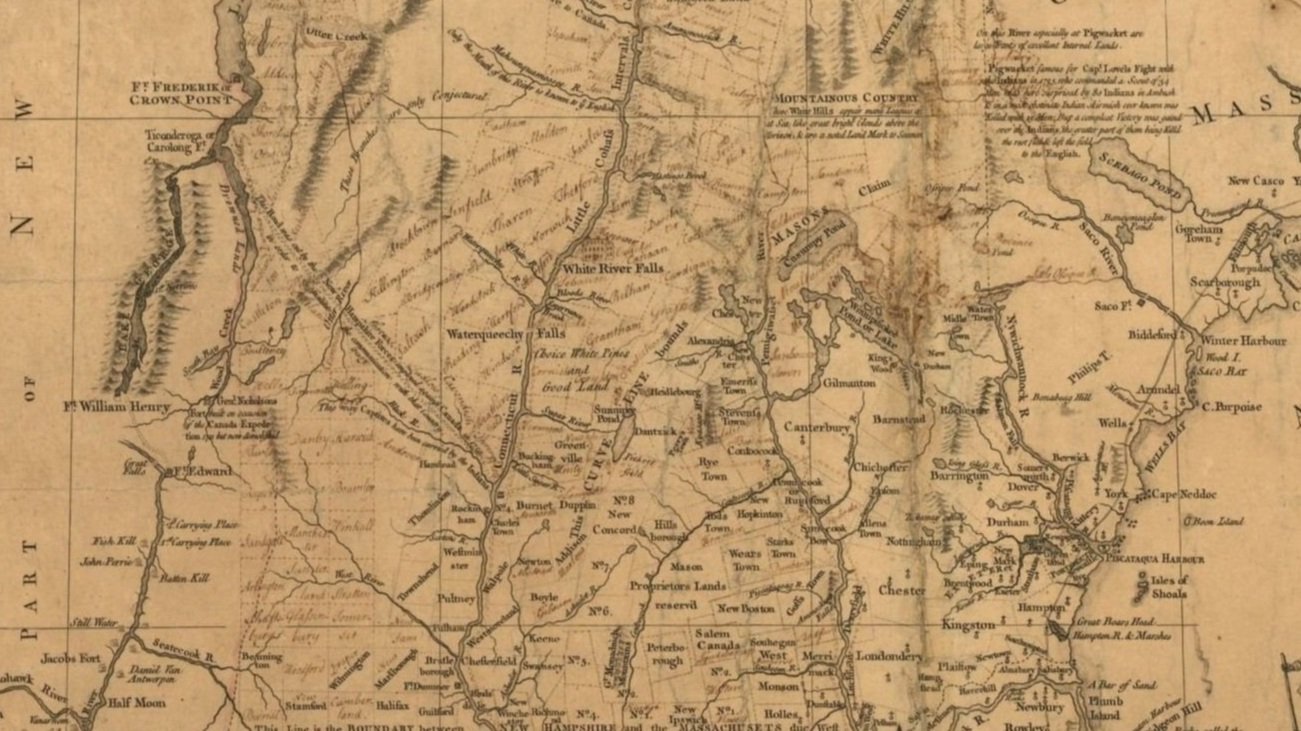
ROAD LAW GUIDE
Auxiliary Service Roads
Bridges
Class VI Roads
Conveyance
Dedication and Acceptance
Definitions
Discontinuance
Discontinued State Highways
Emergency Lane Designation
Failure to Maintain a Class V Road for Five Successive Years
Gates and Bars
Highways to Summer Cottages
How Public Roads are Created
Layout
Legislative Body vs. Governing Body
Municipal Trail Designation
Off Highway Recreation Vehicles
Prescription
Private Roads
RSA 674:41 (Building Permits)
Scenic Roads
Snowmobiles
Types of Roads and Other Designations
Who Owns the Road?
Alfano Law Office Database of Municipal Road Records
Who Owns the Road?
Although the general public have the right to pass over a public road, this does not mean the municipality owns the land “underneath” the road. If you find this odd, you are not alone, as the distinction often is misunderstood. Think of it this way: the only thing the public needs is the right to use a road, similar to an easement. The public does not need to own the land to enjoy this right.
Ownership usually does not become an issue until a road is discontinued and people begin to wonder who can do what with the former road, or a municipality attempts to exceed its rights. A municipality’s rights generally are limited to repair, maintenance and regulation.
Some municipalities have adopted the practice of requiring developers to convey title to the land “underneath” new roads, but the following information applies to the strong majority of situations where the municipality has not been conveyed title to the land “underneath” the road.
One exception to the general rule is municipal limited access highways where municipalities do acquire title to the land in question.
Ownership to the middle of the road doctrine
New Hampshire courts recognize the presumption that conveyance of property bounded by a street or highway normally conveys title to the center of the boundary street. This presumption exists whether or not the deed description references a plan. The presumption also exists where the deed does not specifically reference the road as a boundary but refers to a recorded plan showing the road as a boundary.
Language in a deed such as “bounding upon,” “bounding on,” “by” or “along,” or even the mere reference to a lot number shown on a plan containing streets generally will mean the same thing, namely, a presumption of ownership to the middle of the described street.
Rebutting the middle-of-the-road presumption
The presumption of ownership to the middle of abutting streets by showing a clear and unequivocal declaration of a contrary intent. One example might be a deed from a developer’s successor conveying two lots and containing a right-of-way over the abutting road and also reserving the right to discontinue construction of the road. The presumption also may not apply where a town discontinues a road owned on both sides by the same person and where a subsequent deed by that person contains the description “easterly by the highway.” Such a description contains no portion of the road.
A deed describing a parcel as “bounded on the east by land of” an abutter where a previously discontinued road lies between the two parcels conveys the entire road. A deed purporting to convey a parcel and the road running across it but reserving to the public the use of the road may conveys title to the road, subject to rights of the public. If parties can determine that a grantor/developer owns the entire fee under an abutting road but not the land on the other side of the road, a deed conveying “to the side of” the road may convey the entire width of the road.
State highways
For a time, the statutes governing state limited access highways said the property interest acquired by the state was fee simple, i.e., the state acquired title to the land “underneath” the limited access highway. Current law gives the state the option of taking fee title or an easement.
The type of property interest obtained by the state for non-limited access state highways has changed over time as well, so it is important to check the dates of all applicable actions where title to a current or former state highway is involved.

